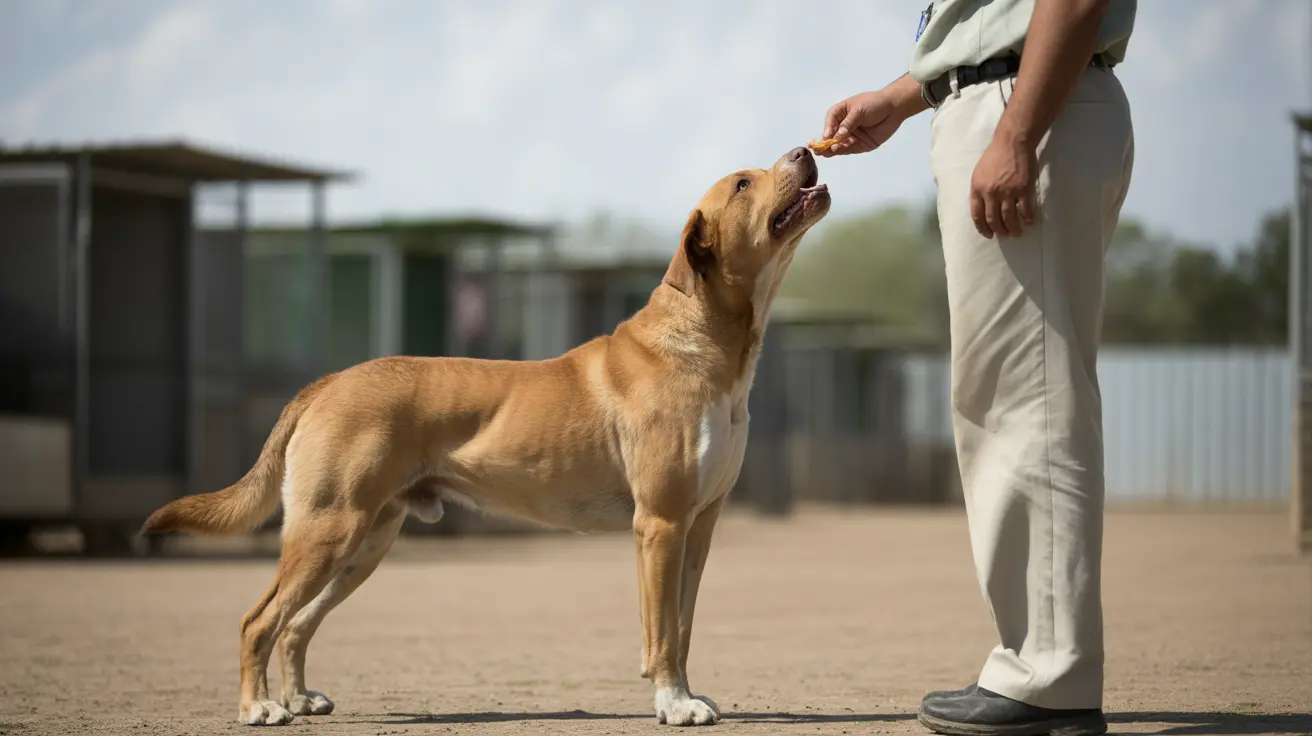Understanding Pool Chemistry and Your Dog's Health
Many dog owners wonder about the safety of letting their furry friends take a dip in chlorinated pools. The good news is that chlorine, when properly maintained in swimming pools, is generally not bad for dogs. However, understanding the potential risks and taking proper precautions is essential for keeping your pet safe during pool time.
While chlorinated pools can provide refreshing exercise and entertainment for dogs, there are important factors to consider, from water chemistry to safety measures. Let's dive into everything you need to know about chlorine's effects on dogs and how to ensure safe swimming experiences.
The Truth About Chlorine and Dogs
Chlorine in properly maintained pools typically poses minimal risk to dogs. The concentration levels are similar to what's found in drinking water, making it safe for occasional swimming. However, extended exposure or swimming in poorly maintained pools can lead to potential issues.
The key is understanding that while chlorine itself isn't inherently harmful, excessive exposure or drinking pool water can cause problems. Dogs with sensitive skin or certain health conditions may be more susceptible to irritation.
Common Health Concerns and Symptoms
Skin and Coat Effects
Dogs may experience dry skin or coat issues after swimming in chlorinated water. Some common signs include:
- Itchy or flaky skin
- Dull coat appearance
- Redness or irritation
- Strong chlorine smell in fur
Eye and Ear Issues
Pool chemicals can affect your dog's sensitive areas:
- Red or irritated eyes
- Excessive blinking or pawing at eyes
- Water trapped in ears leading to infections
- Temporary vision discomfort
Prevention and Safety Measures
Taking proper precautions can significantly reduce any risks associated with chlorinated pools:
- Provide fresh drinking water to prevent pool water consumption
- Rinse your dog thoroughly after swimming
- Dry ears completely to prevent infection
- Limit swimming time to reasonable sessions
- Monitor pool chemical levels regularly
Teaching Safe Pool Habits
Proper training and supervision are crucial for pool safety:
- Show dogs how to safely enter and exit the pool
- Install pet-specific pool stairs or ramps
- Never leave dogs unsupervised around pools
- Consider using a dog life jacket for added safety
Frequently Asked Questions
Is chlorine bad for dogs if they swim in pools?
No, chlorine in properly maintained pools is generally safe for dogs. However, monitoring swimming duration and rinsing afterward is important to prevent irritation.
Can my dog get sick from drinking pool water with chlorine?
While small amounts usually aren't harmful, drinking large quantities of pool water can cause stomach upset, vomiting, or diarrhea. Always provide fresh drinking water as an alternative.
What are the signs of chlorine irritation in dogs after swimming?
Common signs include red eyes, dry or itchy skin, coughing, and excessive scratching. If these symptoms persist, consult your veterinarian.
How can I keep my dog safe and comfortable while swimming in a chlorine pool?
Provide fresh water, limit swimming time, rinse thoroughly afterward, and ensure proper pool chemical balance. Monitor your dog for signs of fatigue or discomfort.
Should I rinse my dog after swimming, and why?
Yes, always rinse your dog after swimming to remove chlorine residue, prevent skin irritation, and protect their coat condition. Use clean, fresh water and dry thoroughly, especially the ears.
Conclusion
While chlorine isn't inherently bad for dogs, responsible pool management and proper safety measures are essential for ensuring your pet's well-being during swim time. By following these guidelines and staying attentive to your dog's reactions, you can create a safe and enjoyable swimming experience for your furry friend.
Remember to always supervise your dog around pools, maintain proper chemical levels, and contact your veterinarian if you notice any concerning symptoms after swimming. With the right precautions, pool time can be a fantastic way for your dog to exercise and cool off during warm weather.






